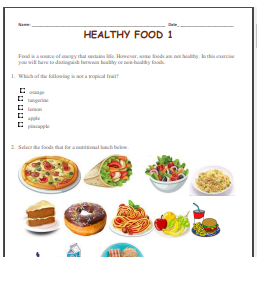Contents
The Food We Eat
We eat to stay alive. Most of the food we eat comes from plants and animals. Food contains nutrients that helps keep us stay alive. Foods also provide energy, maintain health and helps us grow.

Human beings grow their food or hunt. We buy our food at the market, local grocery, or supermarket. Most humans follow an omnivorous diet (a diet where the source of food is from both pants and animals).
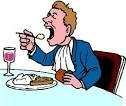
Most of our food originate from plants. The animals used as food sources are raised by feeding them food derived from plants.

Then there are some food sources that are not from animal or plant source.


Video: How do we get our Food?
Video: Take a field trip to the animal farm

Healthy Foods
Seeds
The seeds of plants are a good source of healthy fats. Many foods are seed-based.
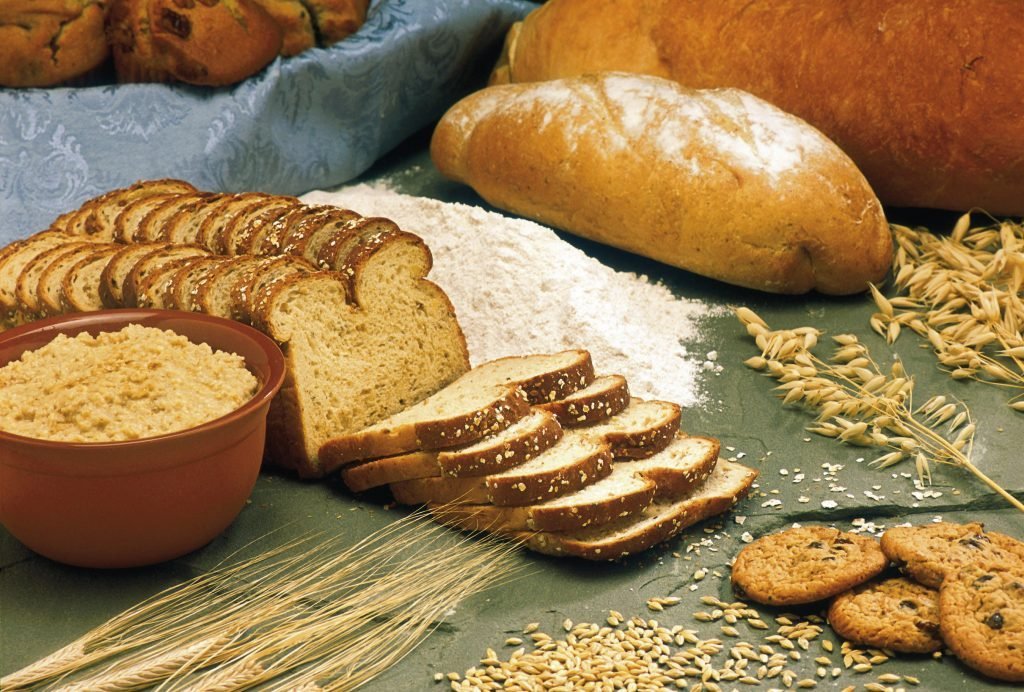
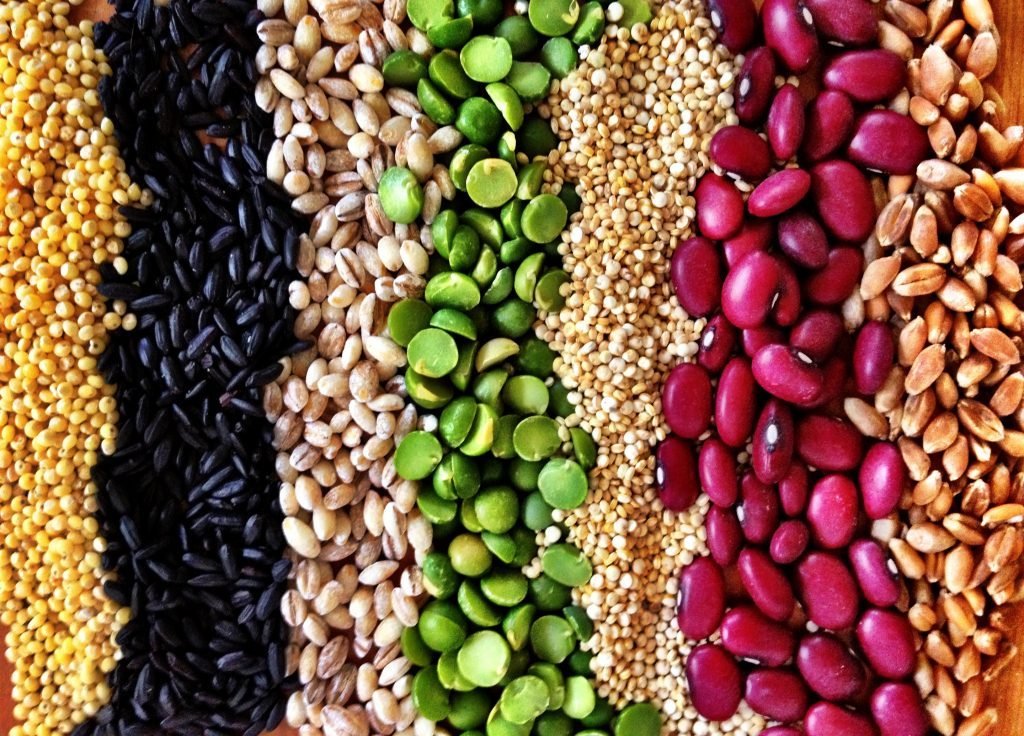

You should note that not all seeds are healthy. Lemons can choke you and the seeds from apples contain cyanide (a poisonous substance).
Fruits and Vegetables
Fruits and vegetables contain vitamins and minerals that can help to keep you healthy and protect you against some diseases.
There are many types of fruits.
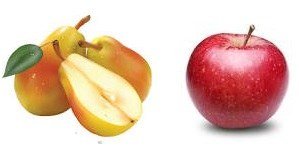

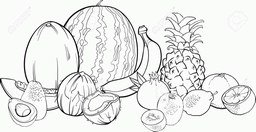
Vegetables
Vegetables are parts of a plant we eat. They include the following.
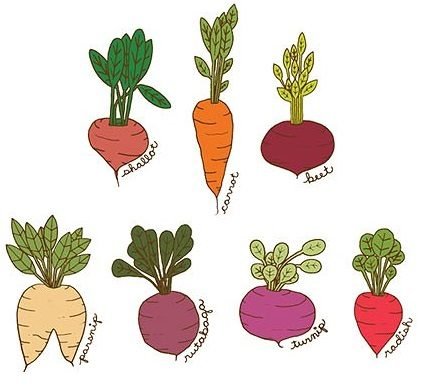


Animal Source Food
We also eat foods from animal source directly or indirectly. They include the following: meat, dairy products, eggs, and honey.




You should eat at least five (5) servings of vegetables and two (2) serving of fruits each day. Choose different colours and varieties.
Video: Where does food come from?
Video: Healthy Food vs Junk Food

Special Diets
Some cultures and people do not eat meat or animal products. Vegetarians forgo food from animal sources in varying degrees. Vegans do not consume any food that are or contain ingredients from an animal source.
Also, some people must follow special diets to help them reduce obesity, maintain their weight, lower blood pressure and cholesterol. Such persons would include people who are obese, who have suffered a stroke, or have some form of heart disease.
A healthy diet helps provide humans with the nutrition needed for the body. A healthy diet will include mostly fruits, vegetables, whole grains, and little to no processed food and sweetened beverages.

A Healthy Plate
A good method to help you eat healthy is the “Healthy Plate“. This method is very easy and helps you control your serving sizes when you place food on your plate. There is no need to count the calories.
Place your food in a 7-inch plate. For your parents, they will have to use a 9-inch plate.
First, divide the plate in half. Then fill that half with vegetables.
There are two types of vegetables starchy like potatoes, corn, peas or plantains, and non starchy like zucchini, broccoli, cucumbers, carrots, or
salad. If you have diabetes, fill this side of the plate with non-starchy vegetables.
Then the other half will comprise of a quarter whole grains or starchy vegetables. If you are diabetic, you should choose starches with more fiber such as brown rice, corn, beans, or wholewheat pasta. In the other quarter add some lean protein like tofu, grilled fish or chicken.
Finally, add a drink like unsweetened coffee, tea, or a glass of millk, but remember that 8 ounces of milk affects your blood sugar just as another tortilla or slice of bread would. You can choose water with a squeeze of lemon or lime.
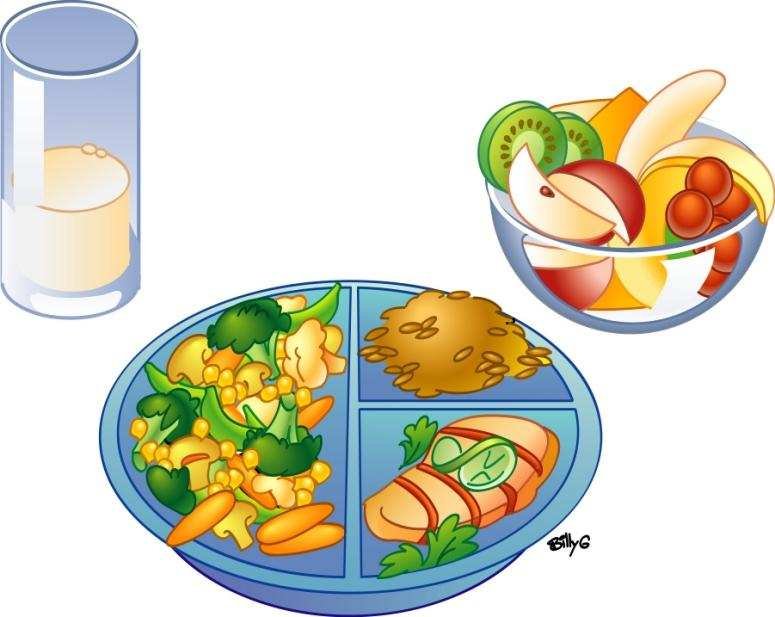
Picture sources
worksheets
Click on the links below to download the PDF worksheets.
Click here for more worksheets.


